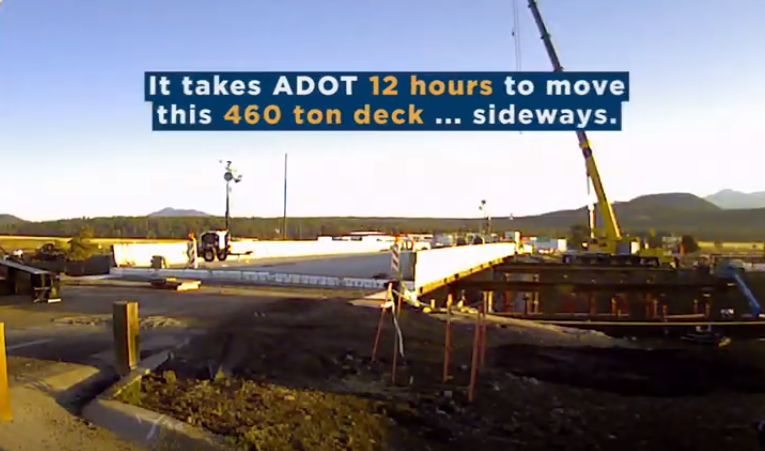New federal requirements for CDL applicants coming in February
New federal requirements for CDL applicants coming in February
New federal requirements for CDL applicants coming in February
New federal requirements for CDL applicants coming in February
PHOENIX – Beginning Feb. 7, 2022, the Federal Motor Carrier Safety Administration (FMCSA) will require new commercial driver license (CDL) applicants and those seeking to upgrade their CDL to receive training from a certified organization on the national registry of Entry-Level Driver Training (ELDT) providers.
ELDT training includes curriculum in three areas: theory, range and road. To process and issue a CDL, the Arizona Department of Transportation Motor Vehicle Division will need to validate that an applicant has completed these training requirements.
This requirement impacts drivers attempting to:
- Obtain a Class A or Class B commercial driver’s license (CDL) for the first time.
- Upgrade an existing Class B CDL to a Class A CDL.
- Obtain a school bus (S), passenger (P), or hazardous materials (H) endorsement for the first time.
The ELDT regulations are not retroactive and do not apply to individuals holding a valid CDL or an S, P, or H endorsement issued prior to Feb. 7, 2022.
If an organization or business currently trains its drivers and is interested in becoming a certified training provider on the national registry, visit tpr.fmcas.dot.gov to learn how to register as a provider.
For more information, visit azdot.gov/CDL.


